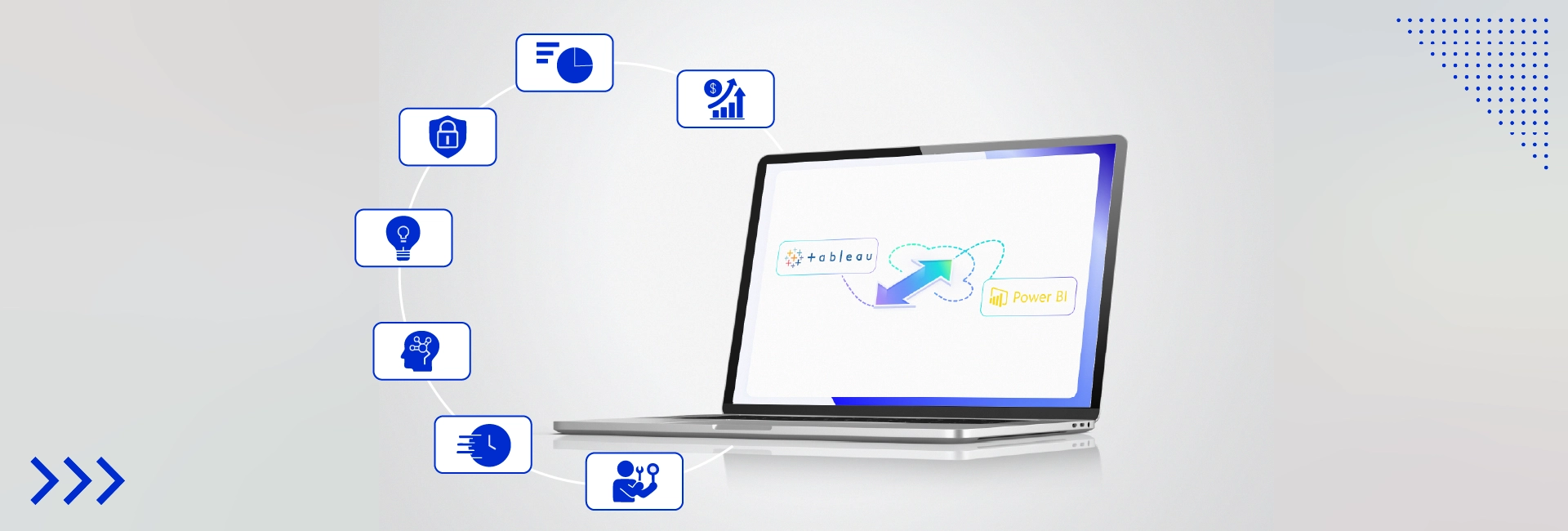Most insurance teams are still buried in paperwork and back-and-forth emails that just never seem to end. If you’ve ever spent half a day just trying to track a policy change or find out where a claim stands, you already know the problem. It’s not that people aren’t working hard; they are. But when you are overloaded by data, nothing feels connected. And simple stuff becomes a full-time job. That kind of setup isn’t just annoying; it makes it harder to actually grow.
Honestly? You don’t have to build a whole tech department just to fix it. That’s why a lot of companies are turning to outsourcing partners who already know how to handle this shift. Less stress, more progress.
In this post, we’re going to look at why manual insurance workflows cause so many problems, what changes when you automate them, and how to get started without making it harder than it needs to be.
What can go wrong if everything is manual?
Let’s break it down. Here’s what you’re probably dealing with if you haven’t embraced insurance workflow automation yet:
- Claims bouncing between different departments
- Client emails going unanswered because someone forgot to CC the right person
- Data being copied, pasted, retyped; then double-checked because no one trusts it
- Compliance teams holding their breath every audit season
- And maybe the worst of all? You can’t grow without hiring more people just to manage the chaos
This isn’t just about inconvenience; it’s a major bottleneck. And in an industry where speed and precision matter, manual workflow is starting to look like a liability.
Benefits of automation in insurance
Once you switch to automating insurance processes, the difference is massive. Not just in time saved, but in how much smoother your entire operation feels.
Here’s what you start to notice:
- Faster everything: Claims get processed in hours, not days.
- Cleaner data: No more rekeying the same info across five systems.
- Better compliance: Systems log every change, so you’re never digging through email chains to figure out who did what.
- Happier customers: Quicker responses. Fewer errors. Real-time updates.
- Lower ops costs: Fewer manual tasks mean you don’t need to expand your headcount just to keep up.
The biggest benefit? Your team can finally focus on solving problems, not chasing paperwork.
How to start automating insurance processes
You don’t have to build a sci-fi tech stack overnight. Start where it hurts the most. Here’s how most teams ease into insurance process automation:
- Identify the jammed-up areas: Claims intake? Renewals? Underwriting? Start with one.
- Digitize first: You can’t automate paper. Use document scanning and OCR to turn old files into searchable formats.
- Bring in RPA: Robotic Process Automation bots are great for repetitive tasks, data entry, invoice generation, file syncing. No complaints, no breaks.
- Layer in AI and ML: Think fraud detection, automated risk scoring, chatbot support. Not everything needs a neural network.
- Integrate across systems: Connect your CRM, policy systems, analytics dashboards. Integration is where real efficiency kicks in.
- Outsource non-core processes: If something’s eating up time and doesn’t require high-level thinking, outsource it. Claims support, policy updates, and even data cleanup.
This isn’t about going “all-in” on tech overnight. It’s about being strategic, one step at a time.
AI and automation: What the future actually looks like
The future of AI in insurance isn’t just hype; it’s happening. Quietly, steadily, across departments. Here’s where things are going:
- Claims bots are handling entire workflows end-to-end. Intake, verification, approval, done in minutes.
- Predictive underwriting is using everything from historical data to social signals to assess risk before a human even touches the file.
- Chatbots that don’t sound like chatbots. Natural language models are getting shockingly good at customer interaction.
- Real-time fraud detection. AI is spotting unusual behavior before a payout happens.
- Tailored policy creation. AI builds policies based on customer behavior, preferences, and even lifestyle data.
All of this only works when your systems are already automated. The foundation matters. That’s what digital transformation in insurance operations really looks like, not shiny new tech, but smarter, more connected systems that free up your humans to do what they do best.
Don't let manual hold you back
Here’s the thing. You don’t need to become a tech expert or throw away everything you’ve built. But if you’re still doing things the old way, manual data entry, paper-heavy processes, long wait times, you already know it’s not working. And before you notice, your team has already wasted time on stuff that machines could have done much faster.
At FBSPL, we work with insurance businesses every day to get rid of the messy parts, claim tasks, form headaches, data cleanup, and let your team focus on what actually needs human attention.
Let’s talk about it. Schedule a call now.





